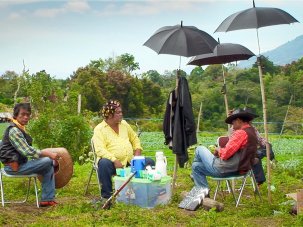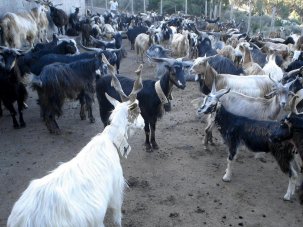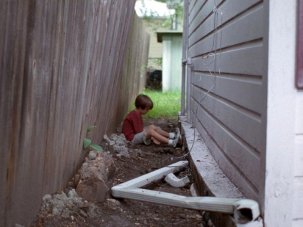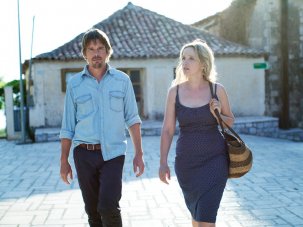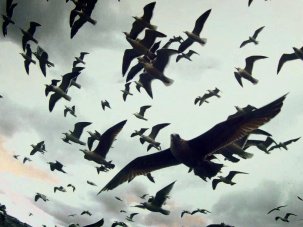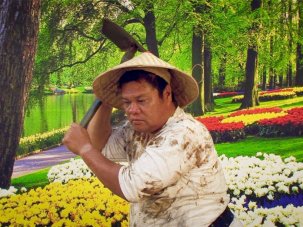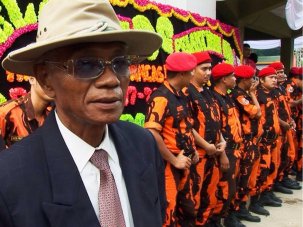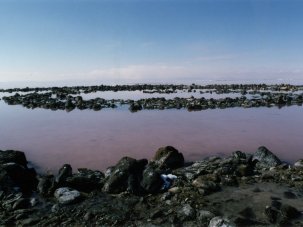Web exclusive

Boyhood (2014)
The closing night film of the 11th True/False was Richard Linklater’s superb Boyhood. This may seem odd because T/F, which has taken place annually since 2004 in Columbia, Missouri, is a documentary festival, and Boyhood is a scripted, acted and directed fiction film. But as Godard said, “Every film is a documentary of its actors”, and Boyhood, which was shot in regular intervals between 2002 and 2013 with the same cast – including lead Ellar Coltrane, who grows to young adulthood before our eyes – is especially so.
11th annual True/False Film Festival
27 February-2 March 2014 | Columbia, Missouri, USA
The gestation of Boyhood was longer than the lifespan of True/False, and during that time period there has been a seismic shift underway in documentary. The festival’s first year, 2004, was the year of Michael Moore’s Fahrenheit 9/11. Today, in a Filmmaker magazine piece responding to Nick Fraser and Jill Godmilow’s recent criticisms of Joshua Oppenheimer’s The Act of Killing, documentarian A.J. Schnack can point to the decline of the classic advocacy doc, putting it thusly: “[W]e are seeing the beginnings of a backlash against kneejerk liberal orthodoxy within documentary.”
A new orthodoxy is always be waiting to replace the discarded one, but for the moment there is a feeling of giddy upheaval in documentary, no longer aesthetically the redheaded stepchild of fiction. The Act of Killing played at 2013’s T/F, along with Leviathan, out of Harvard’s Sensory Ethnography Labs – who were back this year with their latest, Manakamana. These are films concerned with finding new cinematographic strategies through which to explore their subjects rather than with acting as efficient info-delivery systems or endorsing a clear ideological course of action to the viewer, trusting instead that the latter will emerge from the former.
Curated by co-founders David Wilson and Paul Sturtz, as well as new blood Chris Boeckmann, T/F is a festival with a distinct mission, dedicated to a class of works that have variously been called ‘chimeras’, hybrids or docu-fictions, films which apply the formal vocabulary traditionally associated with fiction film to documentary subjects. These are either/or movies – or Neither/Nor, to borrow the name of a now-yearly affiliate programme of historical precedents curated by a visiting critic. (This year’s edition, selected by Godfrey Cheshire, focused on Iranian cinema by the likes of Kiarostami and the Makhmalbafs.)
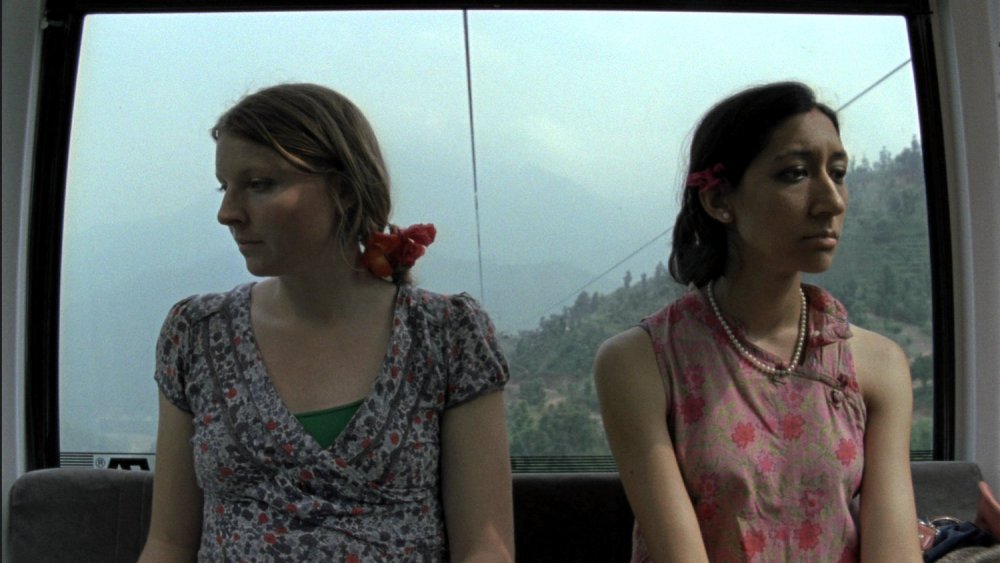
Manakamana (2013)
True/False isn’t the only fest working along these lines – France’s FID Marseilles is a kindred spirit, and this year New York City’s Film Society of Lincoln Center has announced an annual Art of the Real series – but it is the exemplary example of its kind in the US. This year’s T/F slate consisted of 38 features, shorts programs, a selection of ‘Secret Screenings’ – sneak-previewing films whose identities, along with their coveted premiere status, must be protected by a conspiracy of silence – and even a work-in-progress public workshopping.
The focused and manageable festival takes place over four nights and three days, with screenings scattered among walkable venues, some purpose-built, others part of Columbia’s theatre district. The pedestrian-convenient city is host to three universities, and its audiences are more cine-literate, on the whole, than your typical crowd of NYC sophisticates. These are some of the only Q&As I’ve been to that one doesn’t want to bolt through a wall during, and there are always Q&As, as the filmmakers or some representative party almost without exception must appear in the flesh, though there are no prizes to collect. Or rather, everyone gets a prize – this year marked the beginning of a Pay the Artist (PTA) initiative, offering a stipend to attending filmmaking teams.
Such proximity tends to create an air of linked-arms camaraderie, and the particular zealotry that the festival inspires among repeat visitors hasn’t escaped notice. (“Is the vibe at True/False more Branch Davidian or Jonestown?” a friend tweeted in response to the dreamy social-media afterglow this year.)
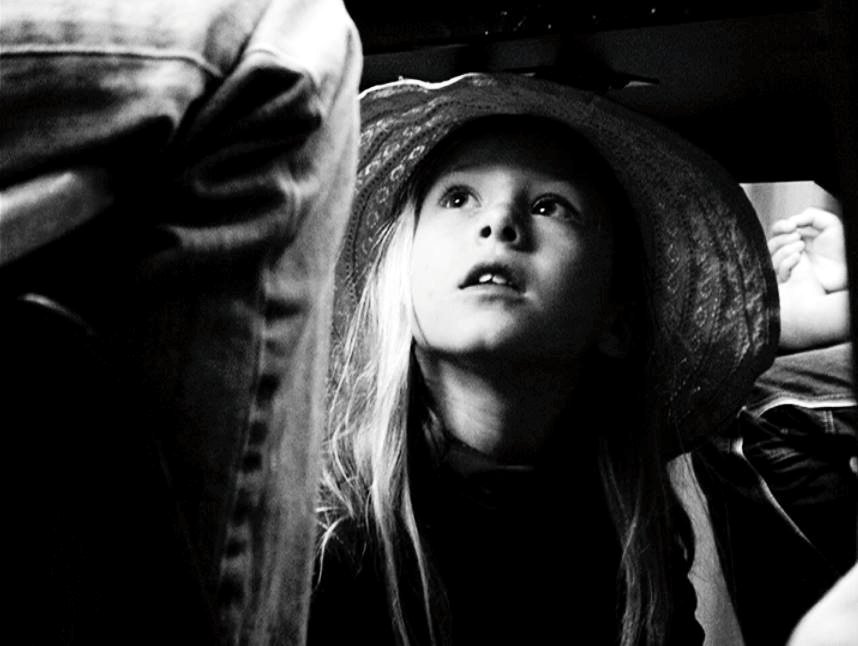
Approaching the Elephant (2014)
There’s also an unusual intimacy between filmmakers and their subjects, many of whom were walking the streets of Columbia. In Approaching the Elephant, director Amanda Rose Wilder documents the anarchic first year in the life of the Teddy McArdle Free School, a school for grade-school-age children founded and run along strictly democratic lines by teacher Alex Khost – who would become the filmmaker’s partner.
The footage was shot in 2007, and perhaps it took Wilder this long to step back and find the necessary distance from her subject, which she more than has. Elephant plays as a litmus test: where one viewer will see a ringing endorsement of the flawed-but-vital free-school model, another will see a failed and even irresponsible Utopian project, Lord of the Flies in a New Jersey church basement. (“Is this working?” Khost wonders aloud. “We probably won’t know for 20 years.”) The children’s personalities come across eloquently, particularly in the dramatic crux of the movie, when the class becomes in thrall to one rambunctious, charismatic bully, whose unkempt mane, along with the film’s black-and-white photography, puts one in mind of Truffaut’s Wild Child.
It’s one thing to be living with your subject, another to draw pay from them. There was some muttering when, in the Q&A for Life After Death, director Joe Callender ‘revealed’ that two of his film’s subjects, Suzette and Dave Munson of the Texas company Saddleback Leather, were also his producers and employers. In fact this piece of information was plainly visible in the opening credits, and it would be a shame if this knowledge makes viewers distrust the evidence of their eyes, for Life After Death is the uncompromised work of a gifted filmmaker with a laid-back, observational sense of humour.

Life After Death (2014)
The film looks at the relationship between the Munsons and Kwasa, a Rwandan street kid orphaned by the 1994 genocide, whom they’ve adopted and converted. Scenes of Kwasa and his friend Fils kicking around the city of Kigali have the gentle, lackadaisical quality of Hal Roach comedy, while Callender deftly manoeuvres into the Munsons’ own self-awareness blind spots. While singling out what’s absurd about both parties, Callender reduces neither to simplistic figures of fun, and this affectionate approach proves efficacious in exploring the complexities of what Dickens called “telescopic charity” in its modern form.
Callender’s debut feature reconfirms his singular comic gifts, plainly evident in his one-liner short Tina Delivers a Goat which played last year’s T/F. This year the bring-down-the-house funny short was Josh Polon’s 6-minute Best Sound, a meta-cinematic frat house dare in which a kid catches foley sound while his buddy cracks beers, gets drunk, upchucks and wipes up the mess with his own shirt. In its emphasis on exposing the strings of cinematic artifice, Best Sound is in some ways the perfect distilled True/False film.
Robert Greene’s Actress begins with a provocatively posed Sirk-ian tableau, a woman at the kitchen sink, red dress matched to carnations. The film came about when director Greene was shooting an upstate New York neighbour, Brandy Burre, a former return player on The Wire who’d prematurely retired into motherhood, who revealed mid-shoot that she was having an ongoing affair.
I consider Greene a friend, and I have enough professional compunctions that I can’t properly review Actress, though I will say that it would make a good double-feature with Mille soleils, another film which observes a performer in their ostensible real life. Director Mati Diop sets the camera on Magaye Niang, who 40 years earlier had been the lead in the seminal Senegalese film Touki-Bouki, made by the director’s uncle, Djibril Diop Mambéty. On the evening of an anniversary outdoor screening of Touki-Bouki in Dakar, Niang gets good and blotto before arriving fashionably late to be confronted by the image of his younger self, and the spectre of dreams deferred.
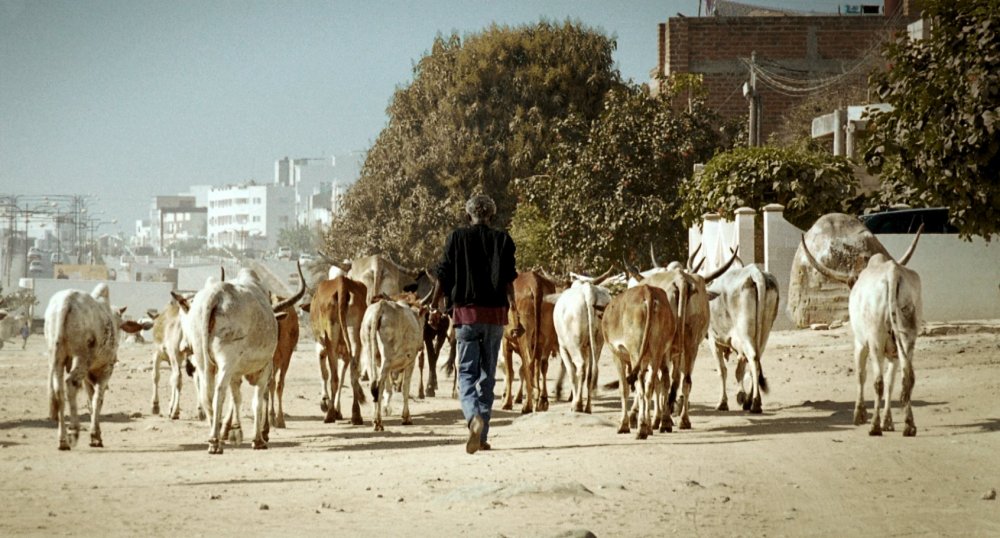
Mille Soleils
Diop, who appeared as an actress in Claire Denis’s 35 Shots of Rum, has something of her old director’s penchant for sudden, startling space-time shifts – as in Mille soleil’s relocation of the action to snowy “Alaska” – but her loose, intuitive camera style is entirely her own, a signature come by honestly. To say that I’m excited to see what she’ll do next would be to imply that she hasn’t already made something great here, faithful to its own needs at 45 minutes, though that’s a commercial suicide runtime. [See also Isabel Stevens’ 2013 from FID Marseille.]
Dora Garcia’s The Joycean Society [also at FID Marseille] comes in at just over an hour, which only adds to its air of happy slightness. Garcia sits in on a cabal of international James Joyce scholars gathered, as they’ve been gathering since 1986, to perform painstaking roundtable exegesis on Finnegans Wake in an unforgivingly lit conference room. The location is allegedly Zurich, though we scarcely set foot outside. The funny, fussy wordplay stays in focus, though the camera is always in exactly the wrong place at the wrong time. It’s not clear if this is strategy or maladroitness – though it happens to be the perfect approach to a film about fumbling in the dark.

The Vanquishing of the Witch Baba Yaga (2014)
Jessica Oreck’s wilfully diffuse The Vanquishing of the Witch Baba Yaga was as hard to get a grip on as the morning mist which it’s fairly wreathed in. The film is a patchwork of images woven together from an impressive array of locations in what’s identified as “Eastern Europe, Sometime After the 20th Century”, periodically interrupted by a babushka voice reading the folk story of Baba Yaga, which is illustrated by animations done in the style of the Russian artist Ivan Bilibin.
It’s an often voluptuously gorgeous movie – DP Sean Price Williams gets landscape views that somehow impress one as miniatures – and at times that voluptuousness is as lulling as the bedtime story that it approximates. Part of me attributes this to a certain rock-a-bye monotony in the rhythm, but though the accepted decorum in festival reportage is to never admit that a single viewing amid a packed day of screenings might not have been enough to wholly unpack a movie, I’m not at all confident that I managed to get inside Baba Yaga’s rhyme scheme the first time around. Suffice to say it has haunted me since.
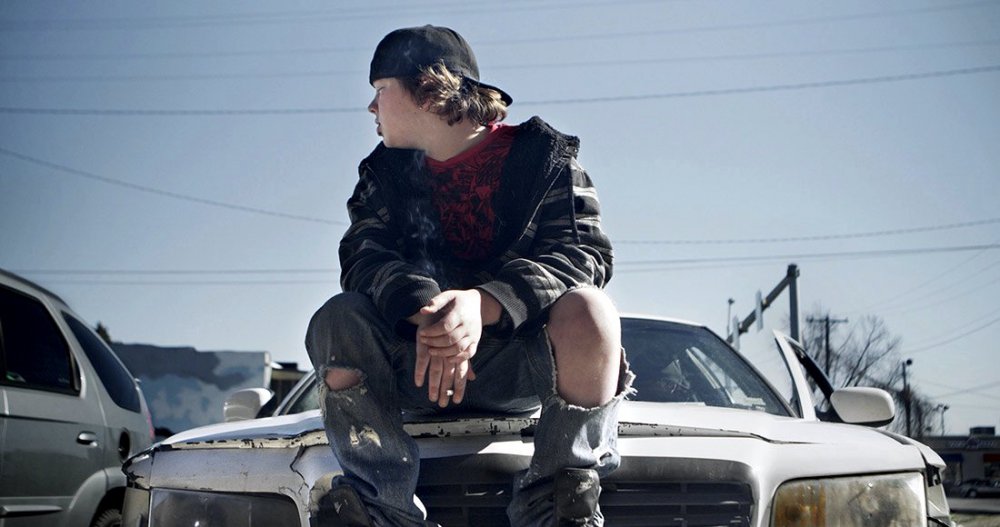
Rich Hill (2014)
True/False falls right between Sundance and SXSW on the calendar, and two films on the bill this year were hot out of Park City. The first was surprise US Grand Jury Prize-winner Rich Hill, a film about the worst-off kids in the eponymous small town, which impressively captures the particular texture and even smell of the lower rungs of Midwestern poverty. (Rich Hill was having something of a homecoming at T/F – it was shot an afternoon’s drive away in the Missouri hometown of co-directors and cousins Andrew Droz Palermo and Tracy Droz Tragos.)
The other was Jesse Moss’s The Overnighters, a project begun when Moss went to North Dakota to document the fallout of the recent oil boom. Moss found an entry point to his subject in the small town of Williston, where destitute men who’d shown up looking for a last chance were creating an unwelcome population boom, shunned by the locals. While the rest of the town is waiting for them to leave, Lutheran Pastor Jay Reineke finds room at the inn, opening the doors of his church to sleep itinerant men overnight.
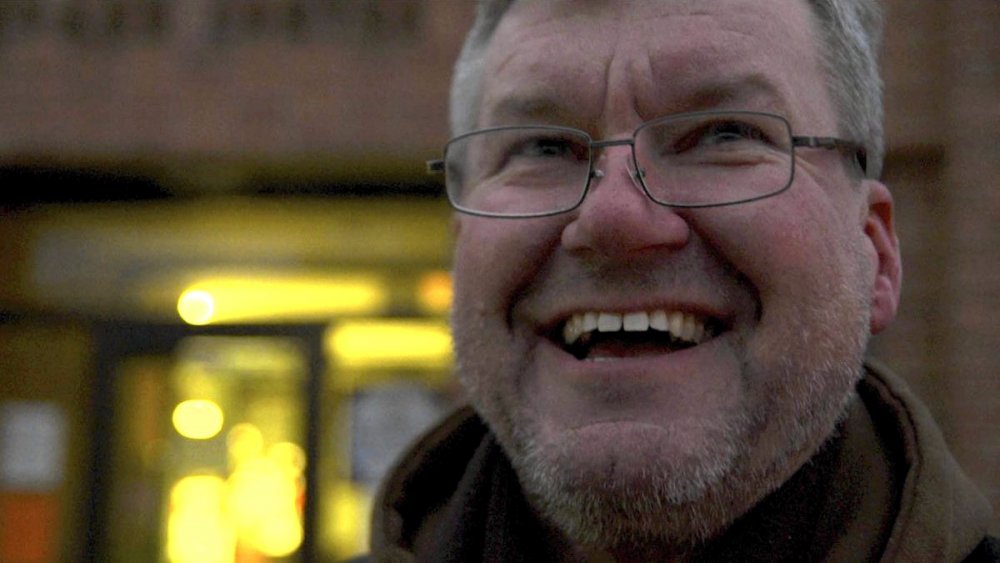
The Overnighters (2014)
The Overnighters bears the burden of buzz, and several colleagues voiced objections to it that I can’t disagree with – the acoustic noodling was soppy and clichéd, the visual metaphors overdetermined – but these are quibbles when held against Moss’s total accomplishment. I haven’t seen anything this year that resonates like the scene where Reineke, having just been run off a piece of property by a woman wielding a rifle and Stand-your-ground law threats, pulls over by the side of the road to wave hello at a passing passenger train.
This is the image of relentless positivity tested to the point of mania, an image to put alongside the flummoxed Khost in Approaching the Elephant, and sorely-tested, all-too-human optimists everywhere. It’s little wonder that one of True/False’s founders introduced the film personally.
-
The Digital Edition and Archive quick link
Log in here to your digital edition and archive subscription, take a look at the packages on offer and buy a subscription.






